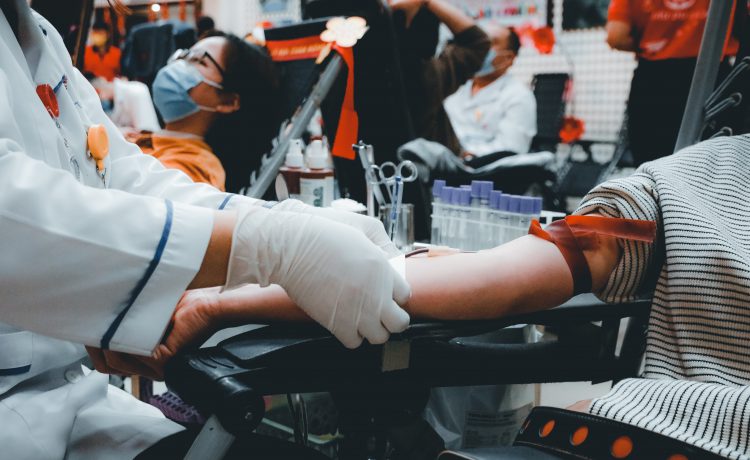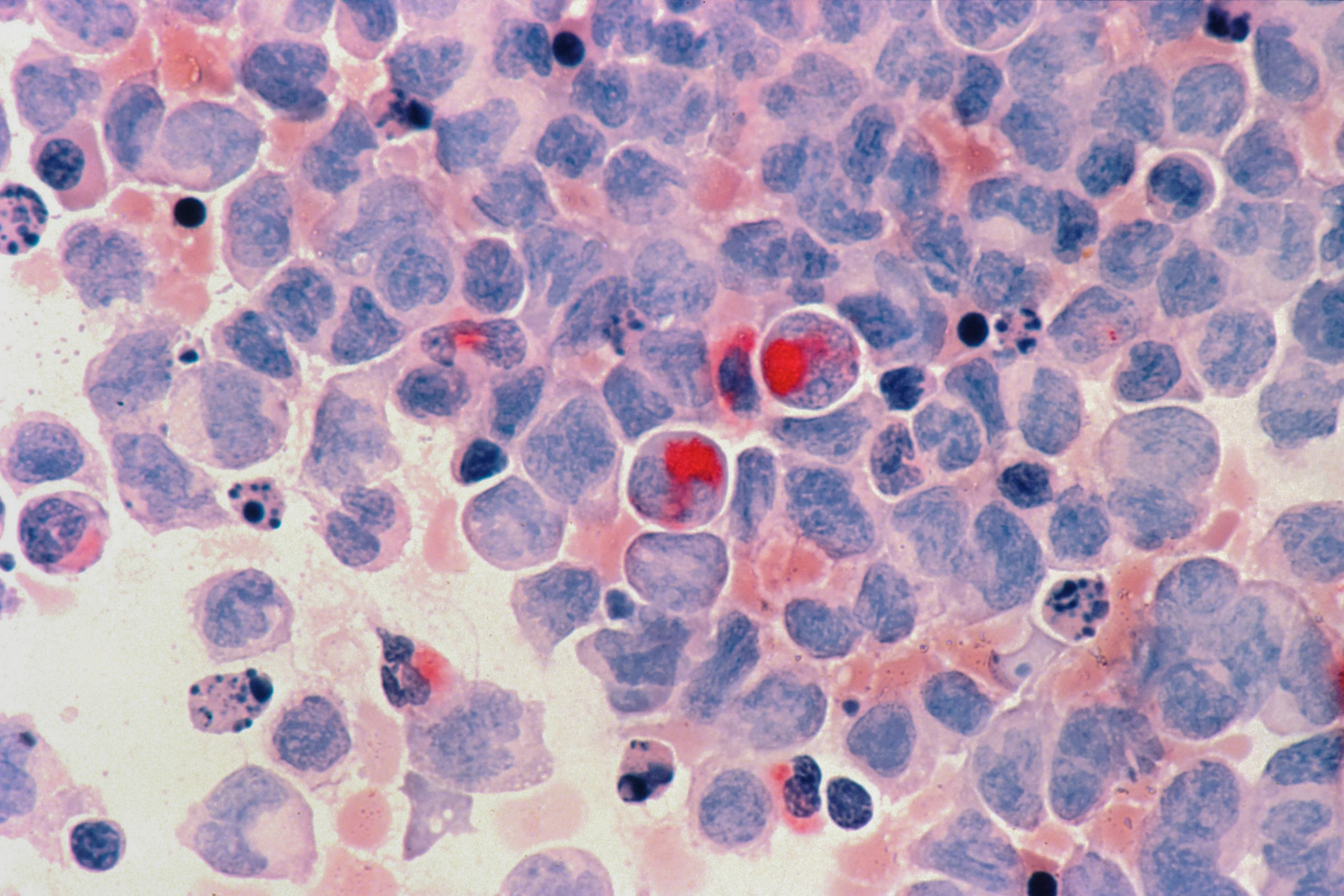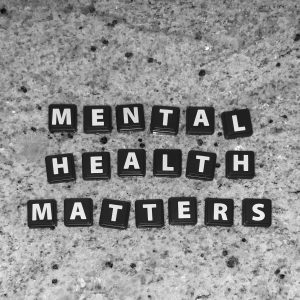January has been observed as National Blood Donor Month for 53 years as a time to recognize the importance of giving blood and platelets while celebrating the lifesaving impact of those who roll up a sleeve to help patients in need. This year’s National Blood Donor Month comes as the United States faces a major blood shortage.
Blood and platelets cannot be manufactured; they can only come from volunteer donors. With someone in the U.S. needing a blood transfusion every two seconds — 4.5 million Americans each year — much of today’s medical care depends on a steady supply of blood from donations. One pint of blood can save up to three lives; at the same time, a single car accident victim can require as many as 100 units of blood. Donor blood is often used during surgical procedures, childbirth, and to treat anemia or other blood disorders. Cancer patients can require daily transfusions for weeks while undergoing chemotherapy treatment.
Despite the importance of our nation’s blood supply, only 3% of eligible people donate blood annually. Healthy adults who weigh at least 110 pounds can donate a pint of blood every 56 days. If you begin at age 17 and donate every 56 days until you reach 79 years old, you would donate 46.5 gallons — almost 450 pints — in your lifetime. An actual blood donation usually takes about 10 minutes; the entire process from the time you sign in to the time you leave can take about an hour.
The American Red Cross has declared the United States is facing a “national blood crisis” as the supply has decreased to concerning levels, threatening patient care and forcing doctors to make tough choices about who is able to receive blood transfusions. At times, up to 25% of hospital blood needs are not being met. There has been a significant drop in donations during the COVID-19 pandemic, and weather conditions and staffing limitations have caused ongoing cancelation of planned blood drives. Overall blood donation has declined 10% since March 2020, with a 62% drop in college and high school blood drives throughout the ongoing pandemic.
Despite the vital need and the growing concerns of shortages, federal policy continues to discriminate against millions of potential donors based on homophobic stigma. The FDA changed a lifetime ban on sexually active gay men from donating blood to a deferral of one year after sexual activity in 2015. The deferral was shortened to three months celibacy in June 2020 as the pandemic began to affect the nation’s blood supply. The ban and deferrals are nominally based on a statistically higher risk of HIV, despite most gay men being perfectly healthy and routine tests that can detect bloodborne viruses. A more effective and equitable screening could include a risk questionnaire: donors answer questions about their sexual activity and other risk behaviors; anybody who is not monogamous or practice safe sex — gay or straight — would have to wait.
National shortages notwithstanding, massive blood donation spikes can be wasteful. Donor blood has a limited shelf-life: frozen plasma can be stored for up to a year, red blood cells can be stored for 42 days, platelets only last 5 days in storage, and white blood cells must be transfused within a day. Of the 500,000 units donated by good-intentioned Americans in the days following September 11, 2001, blood banks were forced to dispose of over 300,000 pints of blood. The best way to help is to donate before disasters and crises by donating blood frequently.
It’s important to know during the ongoing public health crisis that history of COVID-19 infection or vaccination does not disqualify people from donating blood. People with active coronavirus infections need to wait 10 days after symptoms resolve, or 10 days from the positive test results if asymptomatic. Those who have been vaccinated by any of the currently FDA-approved vaccines can donate blood without any waiting period. People who haven’t been tested but are exhibiting any respiratory symptoms or fever are unable to donate — donors must be in good health and normal temperature at time of donation.
You can find, volunteer for, or host a blood donation drive near you through the American Red Cross website. The NeedyMeds Diagnosis-Based Assistance (DBAs) database features resources for conditions that require blood transfusions for those in need. NeedyMeds also has information on Free/Low-cost/Sliding-scale Clinics and resources for those affected by COVID-19. For more help finding information, call our toll-free helpline at 1-800-503-6897.





